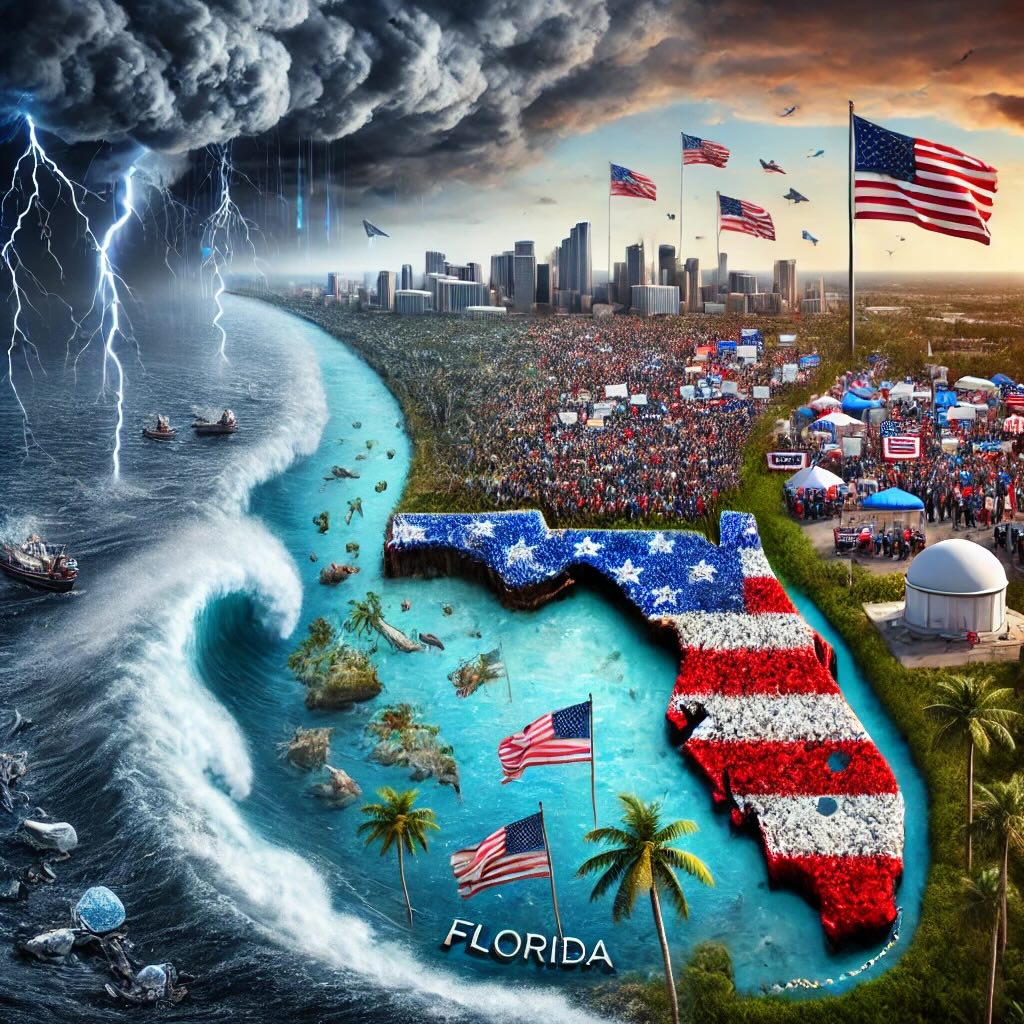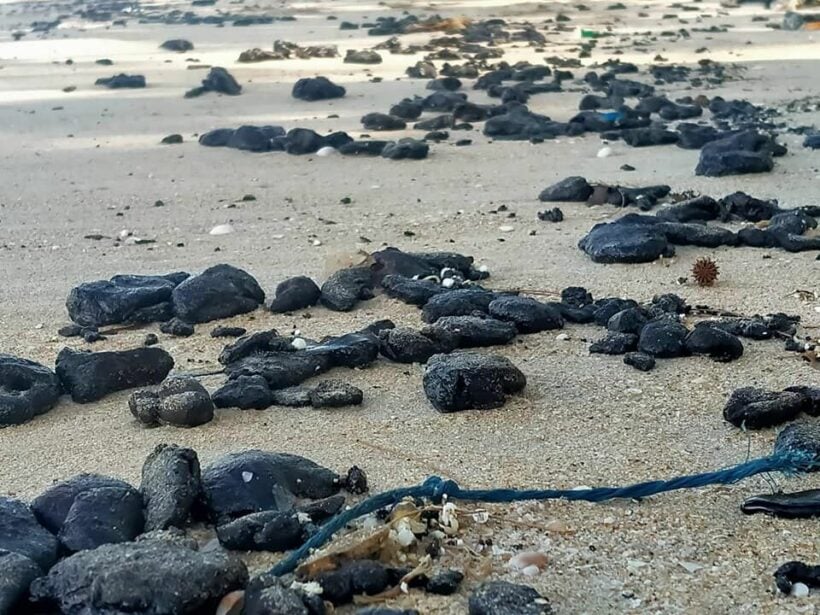Breaking News


Popular News







Enter your email address below and subscribe to our newsletter
We hold your privacy highly, this is the only reason we will use your email address. Cancel anytime.

Beachgoers along Florida’s east coast have encountered an unsettling sight—tar balls washing ashore from West Palm Beach to Miami-Dade County. These dark, sticky clumps of oil are not just an eyesore; they pose potential environmental hazards and health risks.
The U.S. Coast Guard has launched an investigation into the origin of the tar balls, which are often linked to oil spills or discharges from large vessels. Though the exact cause remains unknown, their sudden appearance has raised concerns about the region’s marine health.
Officials in several coastal cities, including Deerfield Beach, have confirmed tar balls appearing along the shorelines. The contamination stretches from Boynton Beach to Fort Lauderdale, prompting lifeguards to raise red flags—a warning for swimmers to stay cautious.
Despite the alarming sight, environmental experts have not yet recommended closing beaches. Authorities are monitoring the situation closely, ensuring that any further contamination is addressed swiftly.
Adding to Florida’s environmental woes, red tide has been detected along the Gulf Coast. This harmful algae bloom produces toxins that can cause respiratory issues, including coughing, sneezing, and shortness of breath. Health officials in Southwest Florida have issued alerts, warning residents and visitors about potential air and water quality hazards.
Marine biologists speculate that the 2024 hurricane season may have fueled an early red tide outbreak, stirring up nutrients that feed the algae. Typically, red tide peaks later in the year, making this early bloom particularly concerning.
The timing of these environmental events couldn’t be worse. Spring break season is just weeks away, and Florida’s beaches are expected to welcome over 31 million visitors—a major economic boost that generates billions in tax revenue. If pollution worsens, it could impact tourism, local businesses, and public health.
For now, coastal communities and environmental agencies are monitoring ocean currents to determine how far the tar balls and red tide might spread. The U.S. Coast Guard advises residents and tourists to follow local safety advisories and remain cautious while enjoying Florida’s beaches.
If you’re planning a trip to Florida’s coastline:
✅ Check local beach advisories before heading out.
✅ Avoid touching or stepping on tar balls—they can stick to skin and clothing.
✅ If you experience respiratory symptoms, consider limiting beach exposure, especially near red tide-affected areas.
✅ Report any unusual pollution sightings to local authorities.
Florida’s beaches are some of the most beautiful in the world, but nature—and human activity—can bring unexpected challenges. Keeping informed and staying safe is the best way to enjoy the sunshine state’s shores.